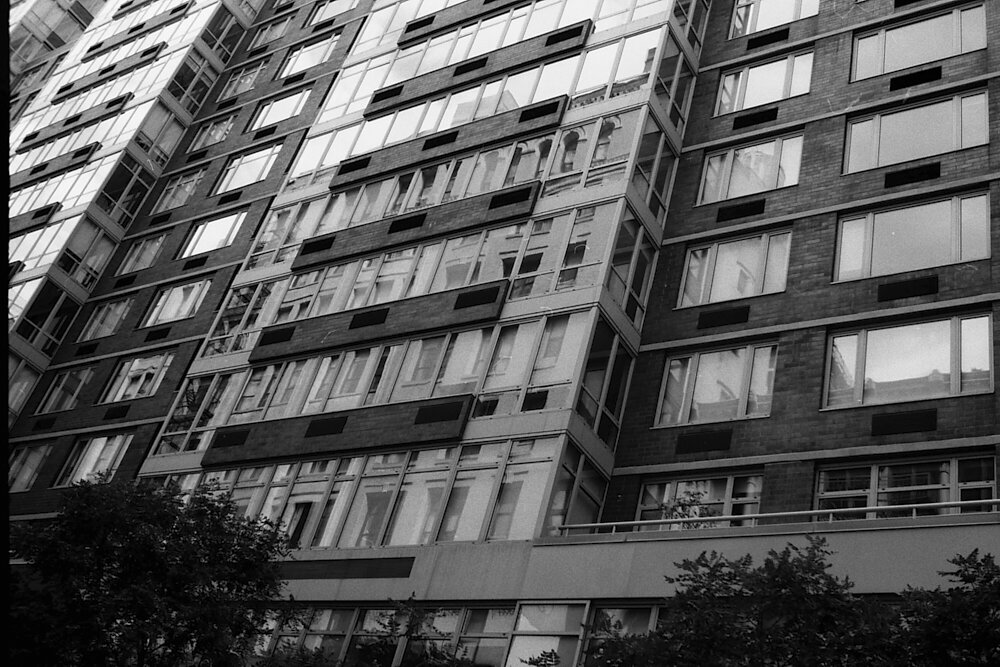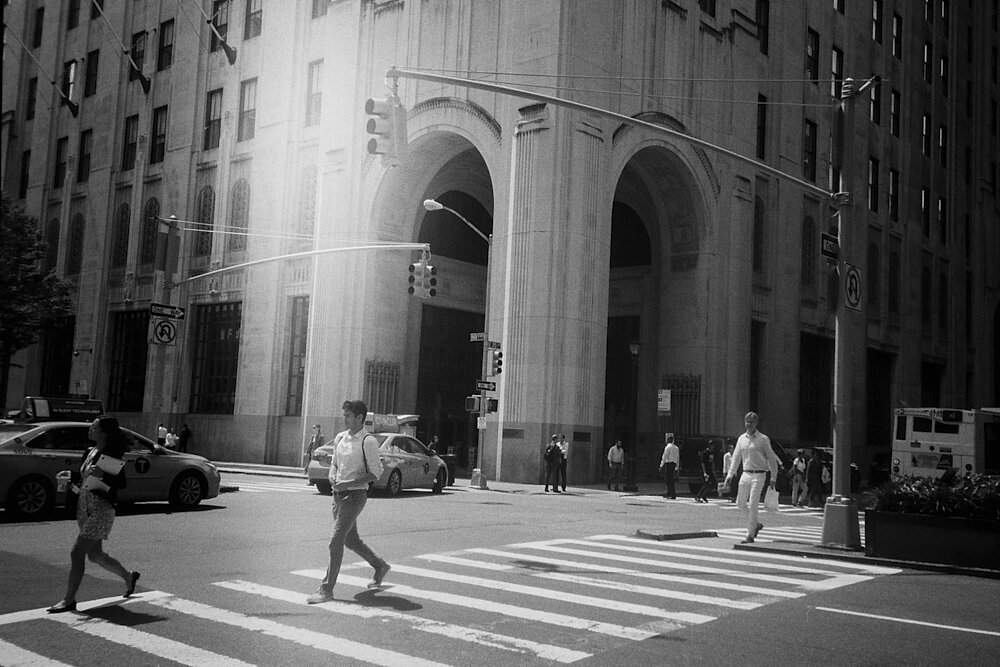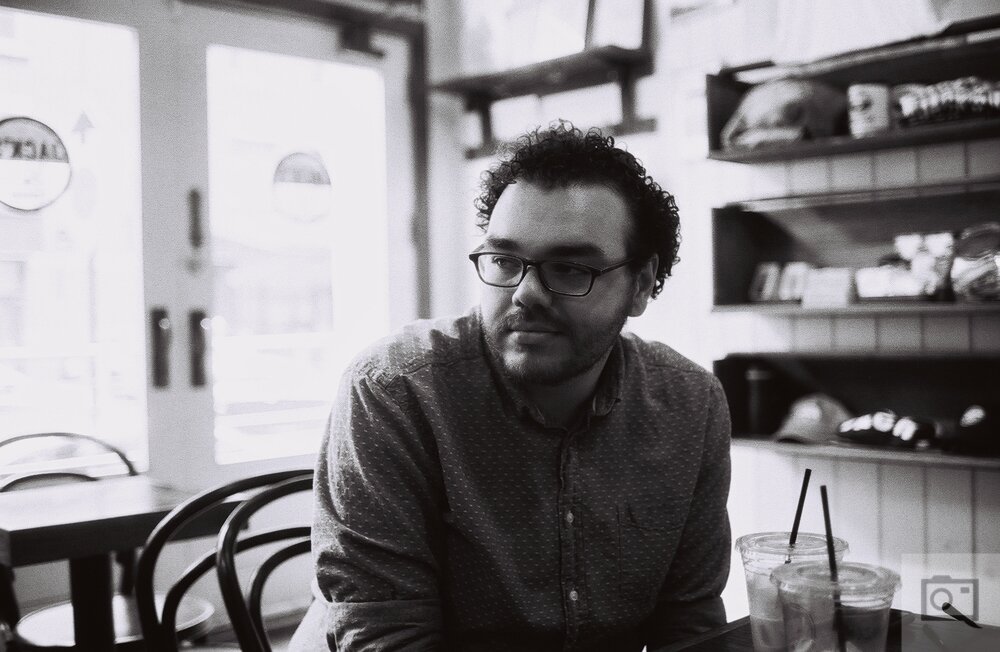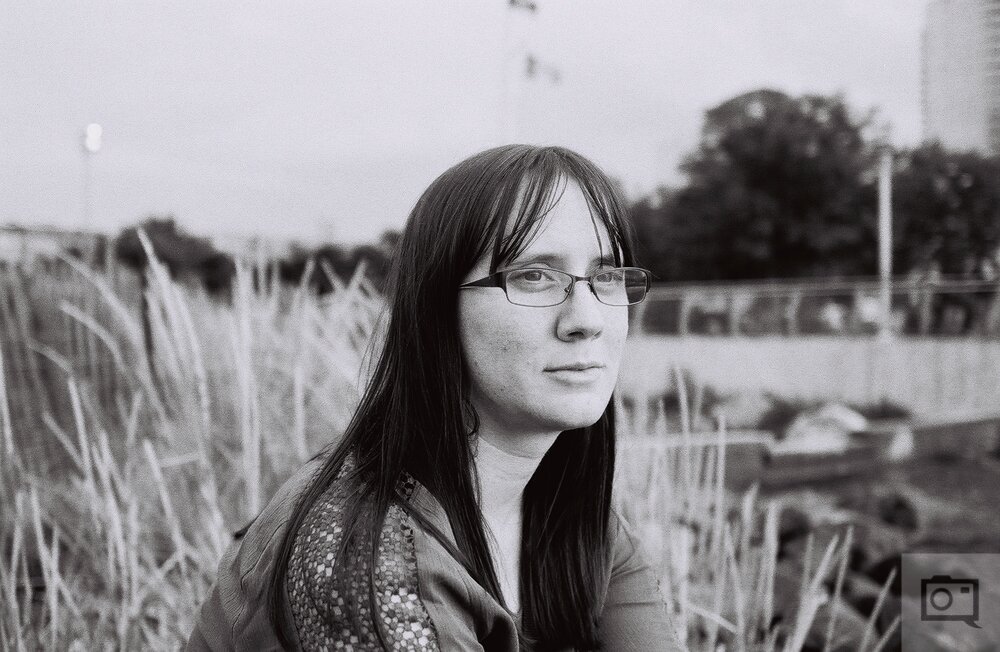The Truth About Rangefinder Cameras That No One Else Will Tell You (Premium)
Who Needs a Rangefinder
In some circles of photographers, the obvious answer to the question of who needs a rangefinder are the same photographers who need a hole in their head. But the world’s enthusiast photographers have grown exponentially over the years and so I’m going to be incredibly honest here: no one needs a rangefinder. Like this publication in some ways, it’s an addendum to what you have. It isn’t necessary, but it’s a niche that can be satiated in the right ways.
Rangefinder cameras offer an advantage over a number of others out there though with their low profile looks. They let a photographer be able to see what’s going to move into the frame and they also make zone focusing and getting a subject/scene perfectly in focus very simple. In the hands of a skilled photographer, a rangefinder can focus faster than any autofocus camera system out there. Street photographers and documentary photographers typically use rangefinders in the 35mm format. But in medium format, it’s typically used amongst not only these photographers but also portrait shooters.
What is a Rangefinder
Rangefinder cameras work in a very different way from SLRs and mirrorless cameras; but in some ways they’re a combination of both. Rangefinders are mirrorless–so that mirror and pentaprism is surely removed. They work in a fairly complicated way that can require maintenance, but we’ll get further into how they work in just a bit.
They take smaller lenses than DSLRs and SLRs, are smaller, lighter, and often quieter. Where an SLR will have a big, heavy, mirror slap a mirrorless rangefinder will have a quick, fairly quiet shutter. It’s tough to get blur in your shot with all the conditions are otherwise ideal.
How do they work?
Rangefinder cameras use what’s called a rangefinder mechanism. Colloquially speaking, rangefinder cameras are any camera with a focusing mechanism built into it. But over the years, that term has evolved. For a number of years, rangefinders and viewfinders were separate on cameras. A photographer would frame with one finder and focus with the other. But these days, they’re combined. They’re not through the lens, so you won’t be able to figure out how to use them and focus them that way. Instead, there is a picture in picture and you essentially need to line up the frames.
If you’ve got a Fujifilm X100 series camera that is modern, then you’ll have this option with the EVF/OVF hybrid.
Rangefinders, like SLRs can be big and bright, or small and very dark. The bigger the rangefinder and therefore the rangefinder mechanism, the brighter it will be to focus. If you’ve got bad eyes, then you need a big, bright rangefinder. Otherwise, good luck. My Leica CL next to me focused very clearly and easily outdoors and with a lot of natural light around. But in my aunt’s dark basement, it’s tougher. A Leica M4-P or a Leica M6 won’t have that problem though due to not only the viewfinder but also the magnification for that viewfinder.
Why get a rangefinder?
So why would you even consider getting a rangefinder? Well, they make you think and shoot in a totally different way. You essentially stop your lens down and focus away to a certain distance. Your lens will tell you just how much of that scene is in focus. For example, if you’re stopped down to f5.6 with a 35mm lens and focused to around six feet away, you’ll probably get anything from seven feet to five and a half feet in focus depending on the imaging format.
You can do this easily with an SLR or a mirrorless digital camera, but the accuracy can be better assured (arguably) with a rangefinder. Plus, since you’re manually focusing you don’t need to rely on a machine to do the work for you. This can sometimes ensure that you get more keeper shots as long as you pre-plan for the image making process. That’s what shooting a rangefinder is really about.
Don’t Go Cheap
I’ve own the Yashica GSN Electro 35mm, Canonet QL17, Leica CL, Leica M4-P, Mamiya 6, and the Fujifilm GW690 III. When working with a rangefinder, I strongly suggest not going cheap. While that may sound like something that is a bit more consumerist in opinion, I think that paying the extra money for a good, clean rangefinder and/or a bigger camera with a brighter rangefinder is worth every extra cent.
Oh, and don’t ignore getting a good CLA. A CLA is a cleaning, lube, adjustment. It recalibrates the rangefinder into being in tip top shape. You should probably get one a year. But if you get it, your rangefinder is going to work very efficiently over time.
Interchangeable Lens or Fixed Lens
Now here’s what I get really, really strong feelings about owning a rangefinder camera. If you don’t need an interchangeable lens camera, then don’t get one. That’s it. Lots of people like it because it makes them feel better about their purchase. But if you’re a 50mm type of person, then stick with 50mm. If you’re a 35mm person, then swear by that. But if you want a true variety of focal lengths (mostly primes is what you’re getting with a rangefinder) then go ILC.
There are a number of great fixed lens rangefinders in the same way that there are fantastic ILC rangefinders.




